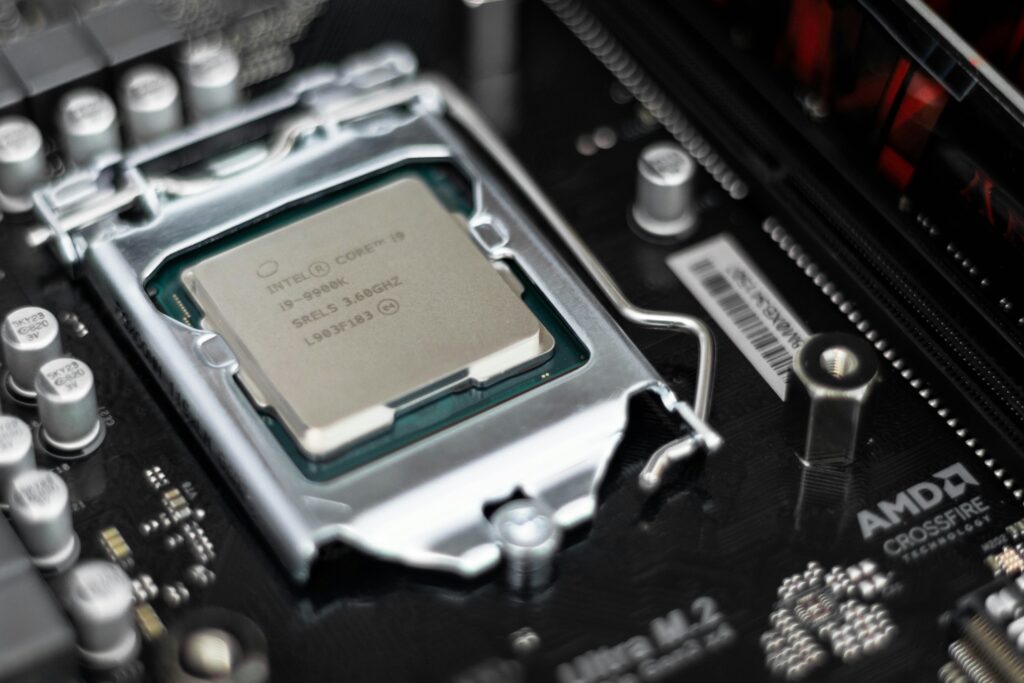
The inner workings of a computer are a marvel of modern technology, but one of the most critical and often overlooked components is the Central Processing Unit (CPU). This tiny yet powerful component is the brain of your computer, handling everything from executing programs to performing calculations. But what happens when this engine starts to overheat? How hot can your CPU get before it becomes a risk to your hardware and data?
In the world of industrial computing, where high-performance and reliability are paramount, understanding the safe temperature ranges for CPUs is crucial. While some enthusiasts might push their CPUs to the limit, industrial applications require a more nuanced approach to ensure both performance and longevity.
In this guide, we will delve into the world of CPU temperatures, examining the factors that influence heat generation, the safe operating temperatures, and the potential risks and consequences of excessive heat. From the intricate details of thermal design to the practical implications for industrial computing, we will explore it all. By the end of this journey, you will be equipped with the knowledge to handle your CPUs with care and ensure that your industrial systems run smoothly and efficiently.
The central processing unit (CPU) is the brain of any computer, and its performance can significantly affect the overall functionality of the system. However, high temperatures can be a major concern for CPUs, potentially causing them to malfunction or even fail. This guide will explore the maximum safe temperatures for CPUs in industrial computing, the factors that influence these temperatures, and the implications of exceeding these limits.
Defining the Problem
The primary concern with CPU temperatures is the risk of damage or failure due to overheating. A CPU that consistently runs at high temperatures can degrade over time, leading to reduced performance, erratic behavior, or complete system failure. For industrial computing applications, this can be particularly problematic, as these systems often operate in harsh environments with limited maintenance and monitoring.
Factors Affecting CPU Temperatures
Several factors contribute to the temperature of a CPU, including:
- Ambient Temperature: The temperature of the surrounding environment can significantly impact the CPU’s internal temperature. In industrial settings, ambient temperatures can vary widely, from the extreme cold of Arctic environments to the intense heat of desert conditions.
- Heat Generation: The CPU itself generates heat while performing computations. The amount of heat generated is directly proportional to the workload and the CPU’s efficiency.
- Cooling Systems: The effectiveness of the cooling system, including the heat sink, fans, and air flow, can significantly influence the CPU’s temperature. Poorly designed or clogged cooling systems can lead to overheating, while adequate cooling can help maintain safe temperatures.
- Power Consumption: The power consumed by the CPU also plays a role in determining its temperature. High-power CPUs tend to generate more heat, which can lead to higher temperatures.
Safe Temperature Ranges
The safe temperature range for a CPU varies by manufacturer and specific model. However, as a general guideline, most CPUs are designed to operate within a specific range. For example, Intel recommends that their CPUs operate within a range of 0°C to 100°C (32°F to 212°F), while AMD suggests a range of 0°C to 95°C (32°F to 203°F). It is essential to note that these are general guidelines and can vary by specific model and application.
Implications of Exceeding Safe Temperatures
Exceeding safe temperatures can lead to several severe consequences:
- Reduced Performance: CPUs can throttle their performance to prevent damage when they reach high temperatures. This can lead to slower processing speeds and reduced overall system performance.
- Permanent Damage: Prolonged exposure to high temperatures can cause permanent damage to the CPU, leading to reduced performance or complete failure.
- System Failure: Severe overheating can cause the CPU to shut down or fail completely, resulting in system failure.
Strategies for Maintaining Safe Temperatures
To ensure that CPUs operate within safe temperature ranges, several strategies can be employed:
- Proper Cooling Systems: Adequate cooling systems are essential for maintaining safe temperatures. This includes using high-performance heat sinks, fans, and ensuring adequate air flow.
- Regular Maintenance: Regular cleaning and maintenance of cooling systems can help prevent overheating.
- Power Management: Implementing power management features, such as dynamic voltage and frequency scaling (DVFS), can help reduce power consumption and heat generation.
- Environmental Control: Controlling the ambient temperature through proper environmental control measures can help maintain safe temperatures.
CPU temperatures in industrial computing are a critical concern that requires careful management. Understanding the factors that influence CPU temperatures and the implications of exceeding safe limits is essential for maintaining system reliability and performance. By implementing proper cooling systems, regular maintenance, power management, and environmental control measures, users can ensure that their CPUs operate within safe temperature ranges, preventing damage and failure.
You may also be interested in: IoT & Industrial Computing Videos | Corvalent
Ready to elevate your mission-critical operations? From medical equipment to military systems, our USA-built Industrial Computing solutions deliver unmatched customizability, performance and longevity. Join industry leaders who trust Corvalent’s 30 years of innovation in industrial computing. Maximize profit and performance. Request a quote or technical information now!
